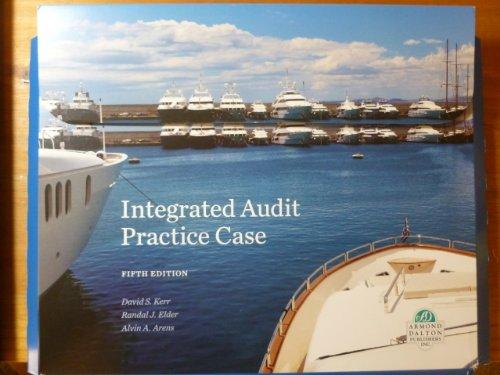Answered step by step
Verified Expert Solution
Question
1 Approved Answer
Q2 [20 pts] Recall Karlan and List (2007) Does Price Matter in Charitable Giving? Evidence from a Large-Scale Natural Field Experiment. Part of Table 1


Q2 [20 pts] Recall Karlan and List (2007) "Does Price Matter in Charitable Giving? Evidence from a Large-Scale Natural Field Experiment." Part of Table 1 is reproduced below as well as an excerpt discussing Table 1. Excerpt (page 1777]: Our sample frame consists of all 50,083 individuals who have given to the organization at least once since 1991. We assigned individuals randomly to two groups: a treatment "match" group (33,396, or 67 percent of the sample) and a control group (16,687 subjects, or 33 percent of the sample). ... Table 1 provides summary statistics. TABLE 1SUMMARY STATISTICS_SAMPLE FRAME (Mean and standard deviations) All (1) Treatment (2) Control (3) Member activity Number of months since last donation Highest previous contribution Number of prior donations Number of years since initial donation Percent already donated in 2005 Female 13.007 (12.081) 59,385 (71.177) 8,039 (11.394) 6.098 (5.503) 0.523 (0.499) 0.278 (0.448) 50,083 13.012 (12.086) 59.597 (73.052) 8.035 (11.390) 6.078 (5.442) 0.523 (0.499) 0.275 (0.447) 33.396 12.998 (12.074) 58.960 (67.269) 8.047 (11.404) 6.136 (5.625) 0.524 (0.499) 0.283 (0.450) 16,687 Observations (a) [8 pts] In Table 1, for the variable Number of years since initial donation, how strong is the evidence to conclude that the mean is greater than 6 years among all individuals in the sampling frame? Answer with hypotheses in formal notation, a quantitative analysis, and 1 sentence. (b) [12 pts] In Table 1, for the variable Female, the P-value to test for a difference between the results under "Treatment (2)" versus "Control (3)" is 0.0604. What are the hypotheses that go with that P-value? Given the P-value, which conclusions should be drawn in this specific context? Is this surprising or expected? Explain. Answer with hypotheses in formal notation and 2 - 3 sentences. Do NOT recompute the given P-value. Q2 [20 pts] Recall Karlan and List (2007) "Does Price Matter in Charitable Giving? Evidence from a Large-Scale Natural Field Experiment." Part of Table 1 is reproduced below as well as an excerpt discussing Table 1. Excerpt (page 1777]: Our sample frame consists of all 50,083 individuals who have given to the organization at least once since 1991. We assigned individuals randomly to two groups: a treatment "match" group (33,396, or 67 percent of the sample) and a control group (16,687 subjects, or 33 percent of the sample). ... Table 1 provides summary statistics. TABLE 1SUMMARY STATISTICS_SAMPLE FRAME (Mean and standard deviations) All (1) Treatment (2) Control (3) Member activity Number of months since last donation Highest previous contribution Number of prior donations Number of years since initial donation Percent already donated in 2005 Female 13.007 (12.081) 59,385 (71.177) 8,039 (11.394) 6.098 (5.503) 0.523 (0.499) 0.278 (0.448) 50,083 13.012 (12.086) 59.597 (73.052) 8.035 (11.390) 6.078 (5.442) 0.523 (0.499) 0.275 (0.447) 33.396 12.998 (12.074) 58.960 (67.269) 8.047 (11.404) 6.136 (5.625) 0.524 (0.499) 0.283 (0.450) 16,687 Observations (a) [8 pts] In Table 1, for the variable Number of years since initial donation, how strong is the evidence to conclude that the mean is greater than 6 years among all individuals in the sampling frame? Answer with hypotheses in formal notation, a quantitative analysis, and 1 sentence. (b) [12 pts] In Table 1, for the variable Female, the P-value to test for a difference between the results under "Treatment (2)" versus "Control (3)" is 0.0604. What are the hypotheses that go with that P-value? Given the P-value, which conclusions should be drawn in this specific context? Is this surprising or expected? Explain. Answer with hypotheses in formal notation and 2 - 3 sentences. Do NOT recompute the given P-value
Step by Step Solution
There are 3 Steps involved in it
Step: 1

Get Instant Access to Expert-Tailored Solutions
See step-by-step solutions with expert insights and AI powered tools for academic success
Step: 2

Step: 3

Ace Your Homework with AI
Get the answers you need in no time with our AI-driven, step-by-step assistance
Get Started


